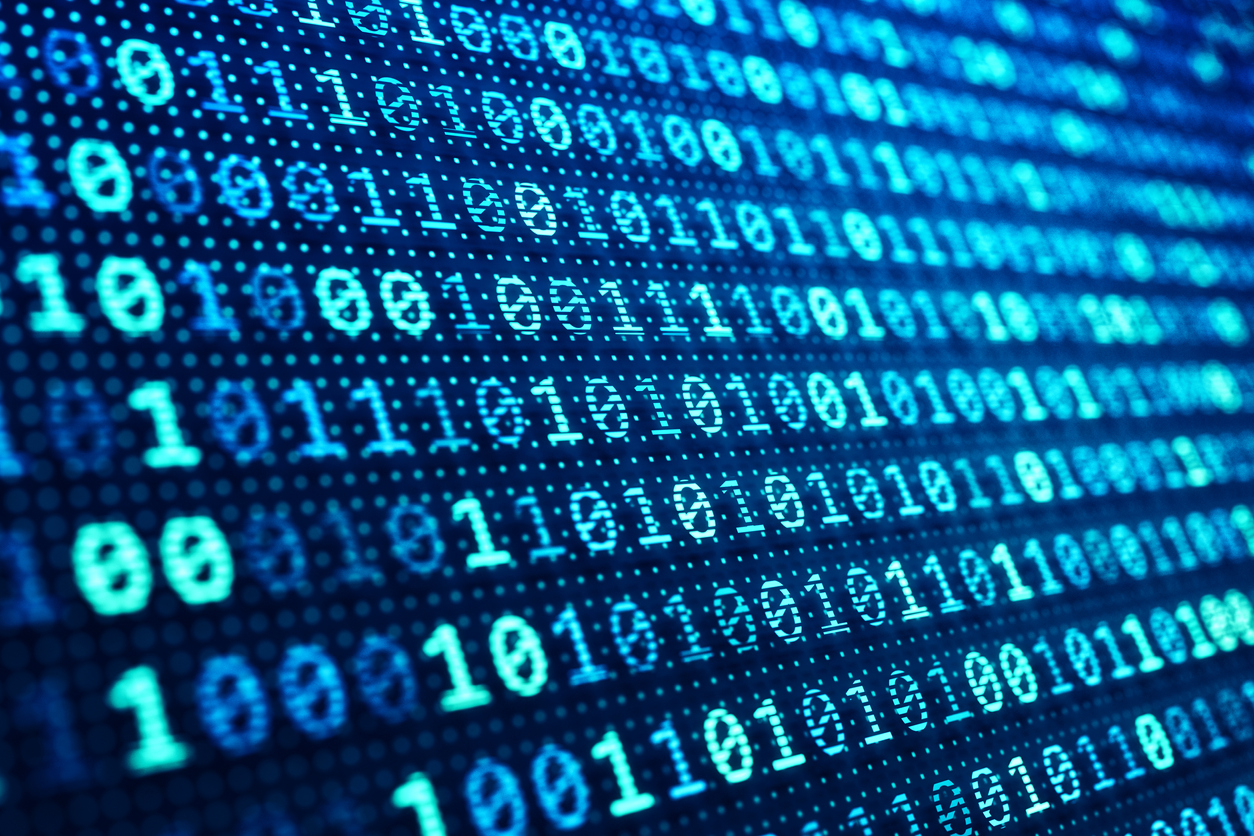Within the advanced and ever-evolving technical landscape, many technical terms have complex definitions and meanings; sometimes, it may be challenging to keep up with the terminology that your in-house tech or managed service provider may use to describe your technology.
Fear not! Infiniwiz is here to assist you with technical problems that may have you scratching your head. In today's article, let's demystify two common terms in the tech realm: gigabyte and gigabit. While they both sound quite similar, they have different meanings and applications. Understanding these terms is crucial for navigating the intricacies of the digital world.
What is a Gigabyte?
By definition, a gigabyte is a unit of digital information storage capacity. Gigabytes are commonly used to quantify the size of files and data on devices such as tablets, computers, smartphones, and external hard drives. Gigabytes are important because the higher the gigabyte capacity is, the more data, files, apps, and media these devices can store. The many operating systems and software applications you need for your work processes often have specific storage requirements measured in gigabytes. Users need to consider available storage space when installing or updating their systems and applications.
What is a Gigabit?
In contrast, gigabit relates to data transfer rates and internet speeds. The term "gigabit" is commonly used in computer networking and telecommunications to measure data transfer speed. For example, gigabits are important because faster internet speed means loading web pages, sending emails, and downloading files will happen quicker, making your work more efficient and smoother.
So, what is the difference between "bit" and "byte"?
A bit is the smallest unit for digital information, and it can have a value of either 0 or 1. This is how computers understand our commands – in the form of 0's and 1's - the machine language. Computers use bits to represent and process data in binary code (0s and 1s).
A byte is a larger unit of digital information. Bytes are often used to represent a single character of text in computer systems. For example, the letter 'A' is represented by a combination of 8 bits.
A byte is made up of 8 bits.
The difference in using bits (for internet speeds) and bytes (for storage) primarily comes from historical reasons and the nature of the technologies involved.
Historical Reasons:
In computing, data is stored and processed at the bit level because it corresponds directly to the binary system used by computers (0s and 1s). Initially, engineers programmed computers using assembly language (aka binary), and bit terminology was commonly used. However, as computers evolved and the need for larger and more practical units arose, the byte became a standard grouping of bits for representing characters and organizing data.
Internet Speeds:
Internet speeds are often measured in bits because network communication, at its core, involves the transmission of binary data.
Measuring in bits aligns with how data is transferred over networks and allows for a more granular representation of speed.
Storage:
On the other hand, storage devices typically use bytes as the standard unit.
Files and data are organized and addressed using 'byte' terminology. For example, a text document might comprise a sequence of bytes, each representing a character. While it may seem confusing to have different units for internet speeds (bits) and storage (bytes), it's rooted in the historical development of these technologies. Over time, these conventions became standard, deeply ingrained in how we measure and communicate the capacities and speeds of different technologies.
Food For Thought:
By the way, a single 2024 computer can only execute one operation at a time – such as reading if the value is 0 or 1. Yes, it does it very quickly, so we think computers are fast. However, imagine what will happen when the quantum computer emerges, allowing trillions of operations at a time.
Overall, while both gigabits and gigabytes are essential for the functioning of your devices, it is imperative to know the difference between them. Be on the lookout for more articles that will assist you in understanding technical terms and help you remain knowledgeable in the conversations and decisions you make for your company.





